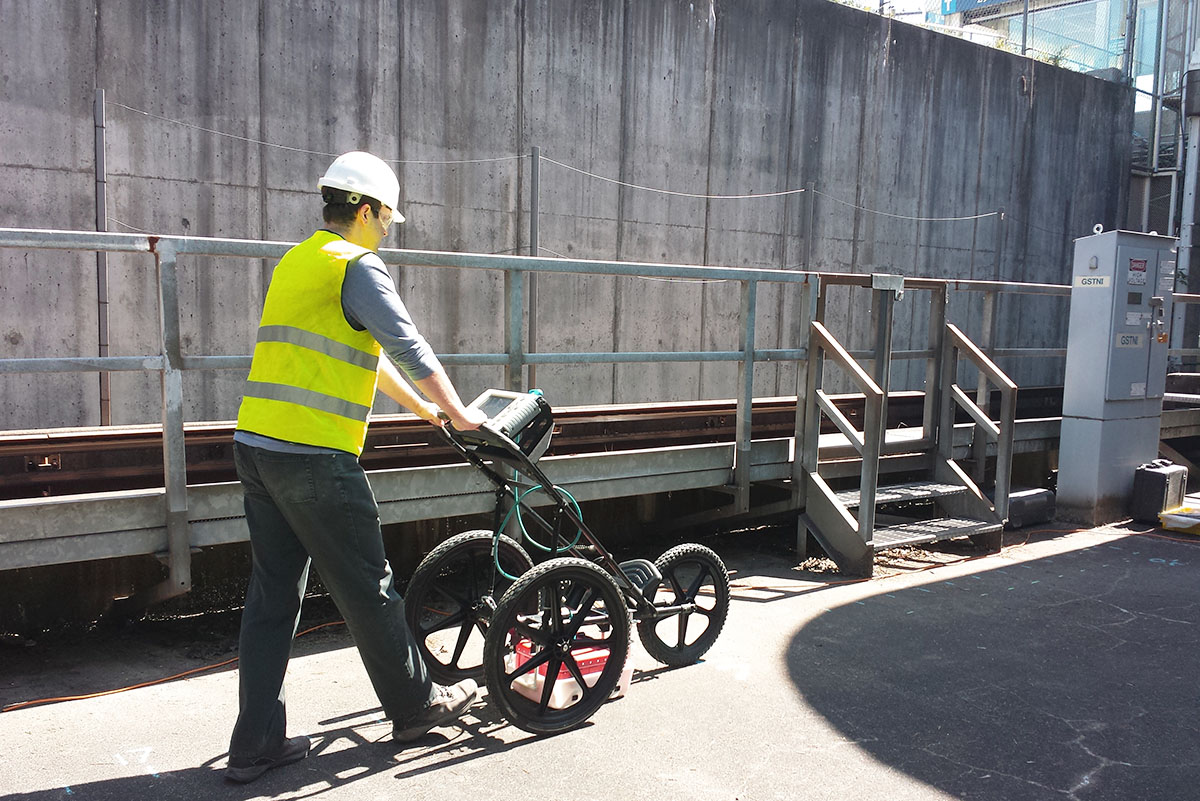Ground Penetrating Radar
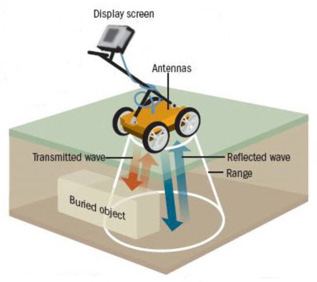
GPR is denoted for Ground Penetrating Radar. It is a non-destructive testing technique that uses a high frequency radio signal to locate targets embedded in concrete or to map underground utilities in the subsurface. Compared to its counterparts like Infrared Thermography, GPR is capable of continuous data collection, requires only one-sided access, and provides real-time inspection results. Since it uses radio waves, the average radiated power is less than 1% of the transmitted power of a cell phone. Therefore, GPR poses no hazard, it is safe to operate at Airports, Hospitals, and during construction, and does not require any evacuation of personnel.
How does it work?
Ground Penetrating Radar (GPR) uses radio waves that are transmitted into the subsurface and reflected signals are returned back to the receiving antenna and digitally store into an electronic device. The computer measures the time taken for a pulse to travel to and from the buried object. With proper calibration of the speed of travel of the radio waves through the subsurface medium, the depth and location of the target can be instantly determined.
How deep can GPR penetrate?
The depth of penetration depends on many factors, such as: the dielectric constant of the material, antenna frequency, differences in the electrical conductivity between the target and surrounding materials. In practice, here are some examples of the general GPR limits:
- To 24 inches (0.6m) in concrete
- To 30 feet (10m) to detect objects in the earth
- To 100 feet (30m) to detect water tables, bedrock in the earth
- To 1000 feet (300m) in ice
Since the antenna frequency plays an important in the depth of penetration for Ground Penetrating Radar (GPR), here are some commonly used antennas in the construction industry:
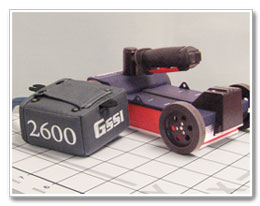
Manufactured by GSSI, USA
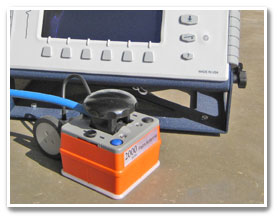
Manufactured by GSSI, USA
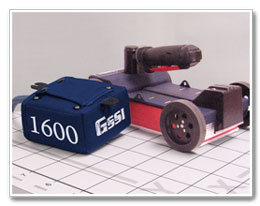
Manufactured by GSSI, USA
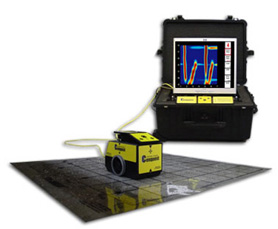
Manufactured by Sensoft, Canada
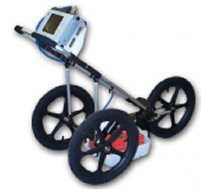
Manufactured by GSSI, USA

